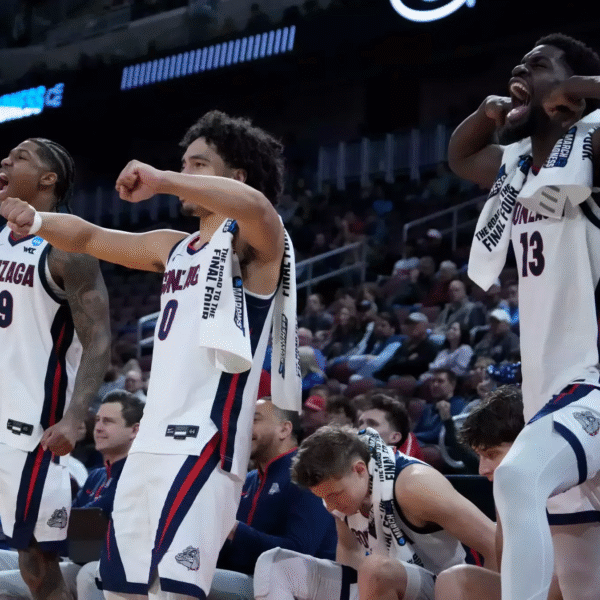Early games at EuroBasket 2025 have showcased evolving answers to elite initiators like Dončić, Jokić and Markkanen. Teams are leaning into show‑and‑recover and late switches to avoid deep paint catches, while scram switching behind the play to keep smalls out of post mismatches. Against stretch bigs, coaches toggle between strong‑side stunts and selective doubles from non‑shooters, gambling that rotation speed will beat the next pass.
The whistle is a variable: tight officiating elevates the value of verticality and early help, while a freer whistle rewards physical fronts and body‑blows that wear down drivers. Rebounding schemes are more collaborative than ever—two crashing, three getting back—reflecting the premium on transition defense. The best defenses so far have mastered the “multiple‑effort” possession, finishing plays with box‑outs and secure outlets rather than admiring first stops.
Offensively, stars are answering by flowing into early drags and delay actions to avoid static isolations. The chess will escalate in Riga as scouting tightens and primary options are funneled into the few shots opponents can live with.
The group phase runs from August 27 to September 4 across Riga (Group A), Tampere (Group B), Limassol (Group C) and Katowice (Group D). The Round of 16 is single-elimination on September 6–7, followed by quarterfinals on September 9–10, semifinals on September 12, and the final on September 14 in Riga. Twenty-four teams play five group games each, with the top four in every group advancing. These dates and the multi-host setup are defined by FIBA for EuroBasket 2025 and shape the tactical choices teams make during the first week.

